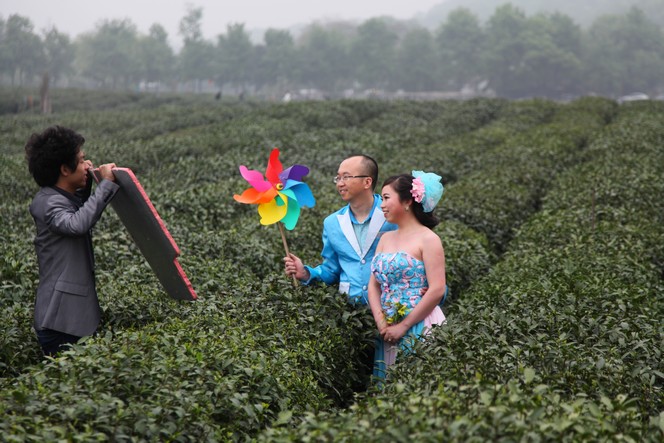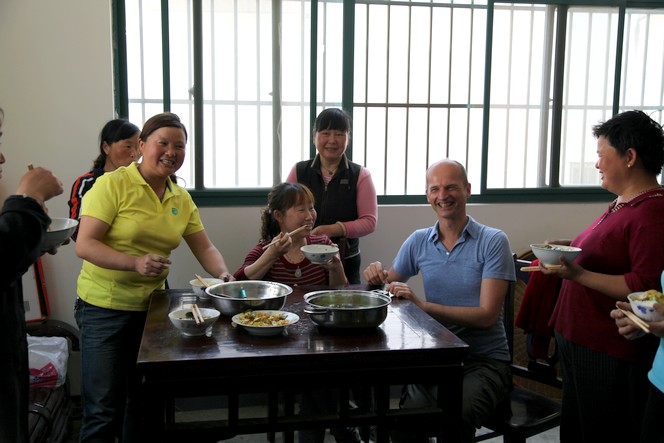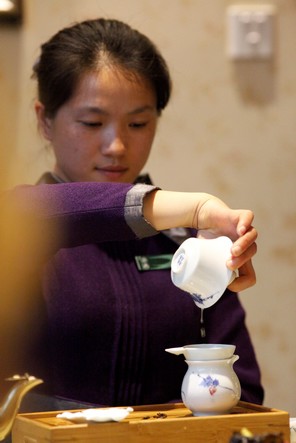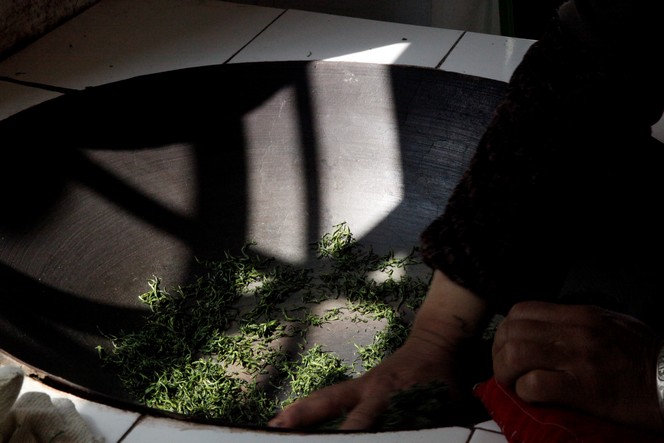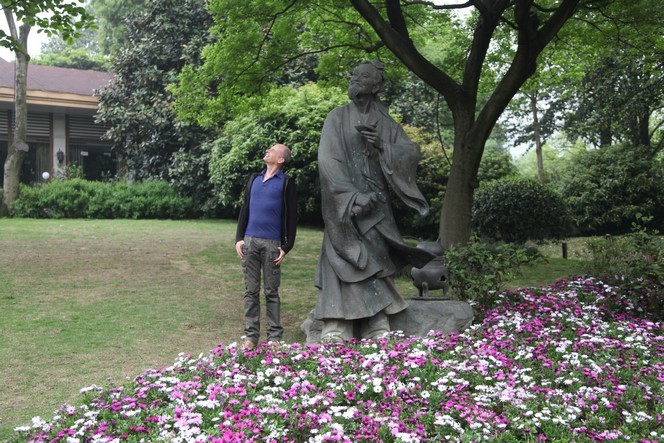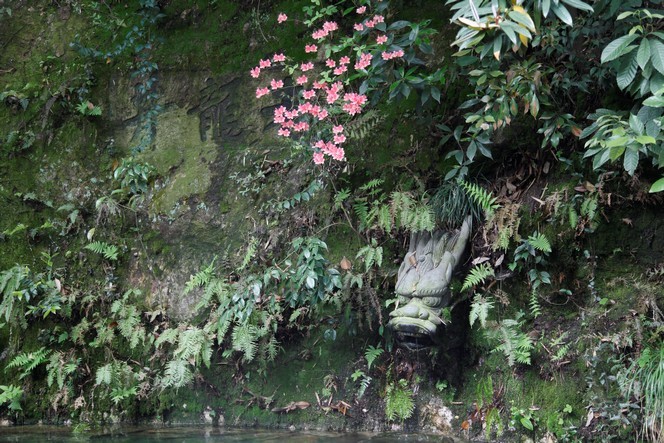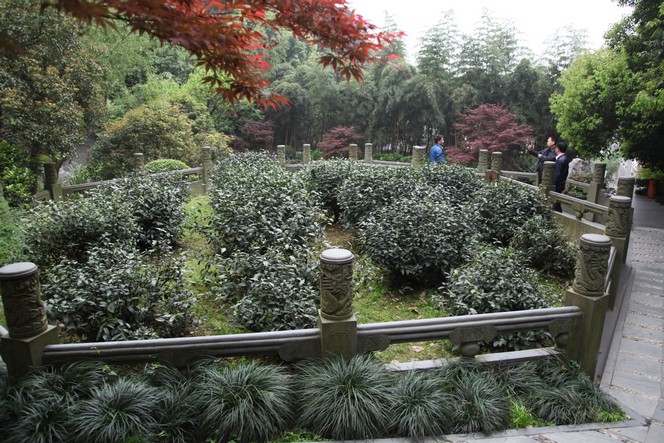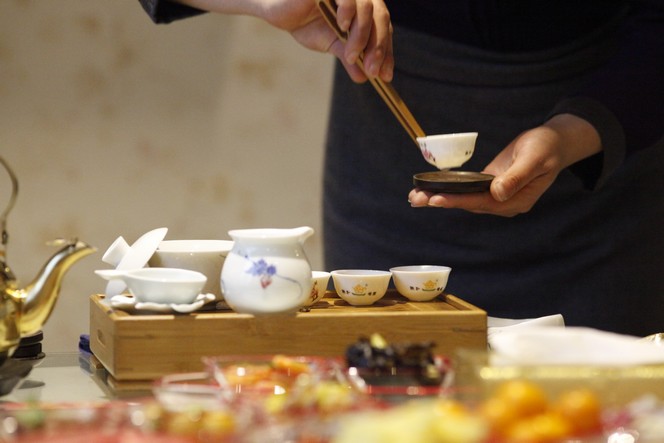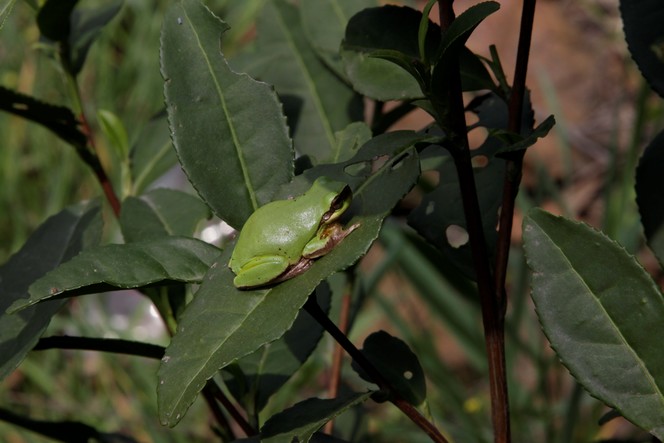If you’re looking for an unusual place to take your wedding photos, and like something a little different, why not try the Long Jing tea plantations (China). While his assistant reflects sunlight onto your radiant faces, the photographer will know just how to immortalise the special moment. Also, the same photographer will generally have some useful accessories to help your pictures stand out from others, instantly giving the happy couple a little more extra style.
China
Mealtime in a Chinese tea factory
In Chinese tea factories, at mealtimes, everyone puts aside their work, arranges the tables and prepares for the festivities. Eating is one of the favourite pastimes of the Chinese. It is often a moment of conviviality and relaxation, a simple occasion shared by all. It ends with a tea, and sometimes a nap.
The West Lake, a Chinese tourist hot-spot
Many of you will be preparing for the holidays, so here is a view of the West Lake, a Chinese tourist hot-spot. Situated in the middle of the city of Hangzhou, this lake is a dream destination for our friends in China.
Happily, it is possible to enjoy this view while tasting a remarkable, freshly-harvested green tea, as Long Jing is located just a few kilometres away. This proximity to the birthplace of the most famous Chinese tea has its part to play in Hangzhou’s excellent reputation.
The “zhong”: two ways of using it well
In China, there are various ways of using the “zhong”. This recipient – also known as a “gaiwan” – can be used as a cup in which the tea infuses. You drink directly from it, retaining the cover and leaving a slight gap to hold back the leaves.
The “zhong” can also be used as a teapot for “gong-fu”, in which several short infusions are prepared. After each one, every last drop of tea is poured into a reserve pot, from which the guests’ tiny cups are filled.
Everyone then gets to taste a tea with particularly concentrated aromas, and to observe the changes in the liquor’s texture and fragrances, infusion after infusion.
Processing tea leaves in China
Here, near Hangzhou (China), the tea leaves are being processed on the scorching sides of the wok. The leaves are heated before being shaped as required, then dried. They must be processed quickly and precisely, which is why many farmers prefer to work with their bare hands.
The story of Chinese poet Lu Yu
We owe the very first writing on tea to the Chinese poet Lu Yu. The Cha Jing, “The Classic of Tea”, dates back to the 18th century. In his book, Lu Yu discusses the nature of tea itself, but most importantly he sets out a method for preparing and tasting it. A statue of this tea fanatic can be found by the excellent Long Jing Tea Museum (China).
The beautiful source of the Dragon Well
This is for fans of Long Jing. This is the source of the Dragon Well that gave its name to this prestigious tea and to the eponymous city. It is a few kilometres from Hangzhou (China).
Long Jing: a tea sold 36,000 euros per kilo
A visit to 18 imperial Long Jing tea plants is an essential stop on the tourist trail around this region. These tea plants owe their status to emperor Qian Long who wanted to demonstrate his love of the famous “Dragon Well”, which remains one of the finest China green teas today.
Supposedly dating back to the 18th century, I wonder whether these shrubs have not in fact been discreetly replaced since then, as some of the stems do not appear as old as that. But for the buyers, this seems of little importance given the price at which their small but ultra prestigious harvest of leaves sells for: 36,000 euros per kilo!
How to make tea with delicacy
In China, there are many different ways of drinking tea, as well as a vast array of recipients. The latter range from glass tumblers, which are fairly widespread, to cups made from the finest porcelain. Tea houses have flourished in the country over the past 20 years, and continue to do so. The art of tea is becoming increasingly refined. Great care is taken over the choice of teas to be served, of course, and these are accompanied by some beautiful utensils, like these bamboo tongs which are simply used to pick up a cup.
Leaves of the tea plant also attract frogs
The leaves of the tea plant attract many predators, undoubtedly due to their delicious taste.
In addition to its gastronomic qualities, tea is supposed to promote wellbeing and serenity. This harmless frog, very much at ease, would surely agree.

